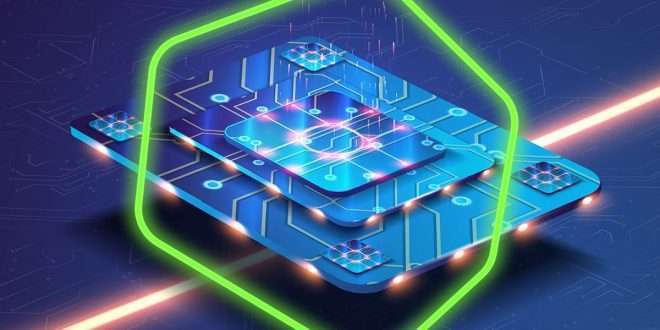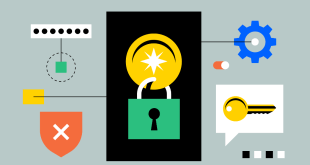As the world delves deeper into the digital age, the security of our data becomes an ever-increasing concern. With the advent of quantum computing, traditional authentication methods that were once considered secure may become vulnerable to attacks. In this blog, we explore the rise of quantum-safe authentication methods and their importance in safeguarding our data in the quantum era.
The Challenge of Quantum Computing
Quantum computing holds immense promise for solving complex problems and accelerating technological advancements. However, its potential to break traditional encryption algorithms poses a significant challenge for data security. As quantum computers become more powerful, they can easily decrypt sensitive information protected by conventional methods.
Understanding Traditional Authentication Methods
Before delving into quantum-safe authentication, let’s briefly examine traditional authentication methods commonly used today. These methods include:
Password-Based Authentication:
Users authenticate themselves with passwords, which can be susceptible to brute-force attacks and phishing attempts.
Biometric Authentication:
Utilizes unique physical or behavioral characteristics, such as fingerprints or facial recognition, but biometric data can also be compromised.
The Vulnerabilities of API and Network Authentication
API and network authentication methods are essential components of modern software systems, but they, too, face vulnerabilities in the quantum era. As APIs handle sensitive data transfers between applications, and network authentication ensures secure access to networks, it becomes crucial to adapt these methods for quantum-safe measures.
Quantum-Safe Authentication: The Solution
Quantum-safe authentication, also known as post-quantum cryptography, addresses the vulnerabilities posed by quantum computing. It involves cryptographic algorithms that can withstand quantum attacks, ensuring the security of data and communications.
Lattice-Based Cryptography:
Utilizes the mathematical structures called lattices to create encryption schemes resistant to quantum attacks.
Hash-Based Cryptography:
Relies on one-way hash functions that remain secure even against quantum computing’s brute-force attacks.
Multivariate Cryptography:
Involves complex mathematical equations that are hard for quantum computers to solve efficiently.
Embracing Quantum Key Distribution (QKD)
Quantum Key Distribution (QKD) plays a vital role in quantum-safe authentication. Unlike traditional key exchange methods, QKD uses the principles of quantum mechanics to ensure secure key distribution. By leveraging the unique properties of quantum entanglement, QKD offers a truly unbreakable method for exchanging encryption keys.
Preparing for the Quantum Era
The quantum era is on the horizon, and organizations must start preparing for it now. Implementing quantum-safe authentication protocols and transitioning to quantum-resistant algorithms will be crucial to maintaining data security in the face of future threats.
Integrating Quantum-Safe Solutions
As the demand for quantum-safe authentication rises, technology providers are actively working on integrating quantum-resistant solutions into existing frameworks. Organizations need to explore partnerships with vendors that offer quantum-safe alternatives to traditional cryptographic methods.
Standardization and Regulations
To ensure a cohesive approach to quantum-safe authentication, standardization and regulations play a vital role. Collaborative efforts from industry experts and policymakers are necessary to establish guidelines and protocols that enhance data security in the quantum era.
The Human Factor: Education and Training
While technology is a crucial aspect of data security, the human factor should not be overlooked. Proper education and training for employees can mitigate risks associated with social engineering attacks and data breaches, complementing the efforts of quantum-safe authentication.
Final Words
The rise of quantum-safe authentication marks a crucial milestone in securing our data in the quantum era. With quantum computing’s potential to disrupt traditional security methods, organizations and individuals must take proactive measures to protect their sensitive information. Embracing quantum-safe authentication and staying informed about emerging technologies will pave the way for a secure digital future.
Commonly Asked Questions:
Q1: What is quantum-safe authentication?
Quantum-safe authentication, also known as post-quantum cryptography, involves cryptographic algorithms that can withstand attacks from quantum computers, ensuring the security of data and communications.
Q2: Why is traditional authentication vulnerable in the quantum era?
Traditional authentication methods rely on encryption schemes that can be broken by the computational power of quantum computers, making them vulnerable to attacks.
Q3: What is Quantum Key Distribution (QKD)?
Quantum Key Distribution (QKD) uses the principles of quantum mechanics to ensure secure key exchange, offering an unbreakable method for distributing encryption keys.
Q4: How can organizations prepare for the quantum era?
Organizations can prepare for the quantum era by implementing quantum-safe authentication protocols and transitioning to quantum-resistant algorithms.
Q5: Why is the human factor essential in data security?
The human factor, including education and training for employees, plays a crucial role in mitigating risks associated with social engineering attacks and data breaches.
 webfily
webfily



